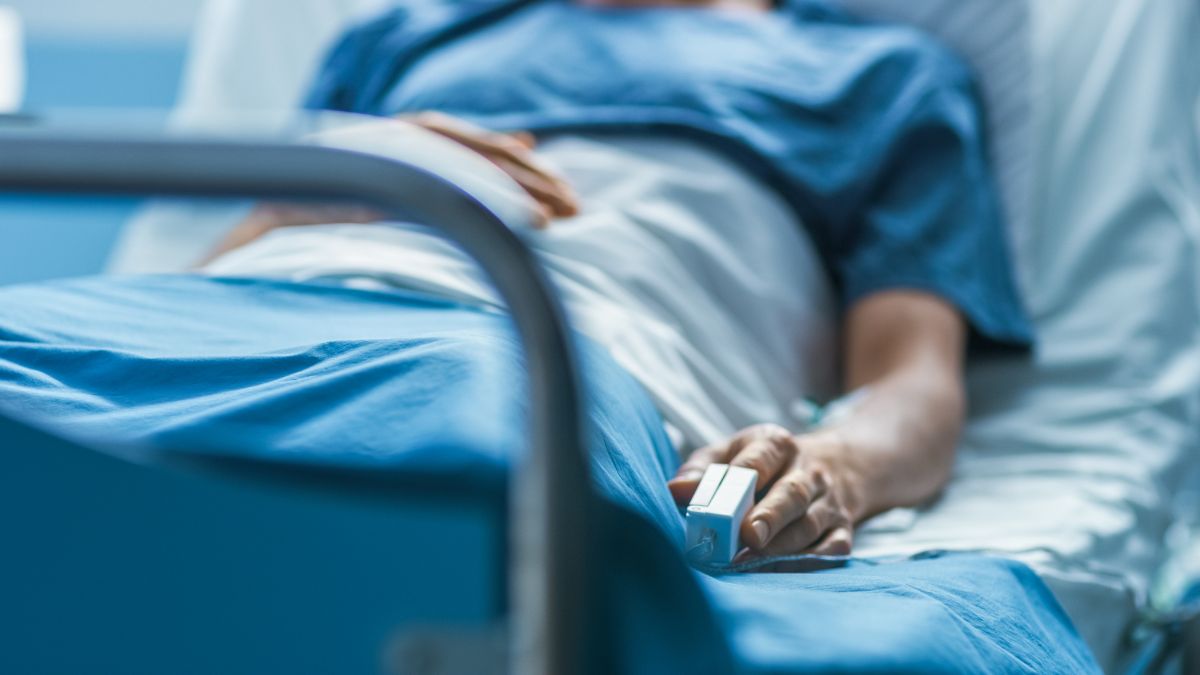This diet is meant to help your digestive system recover from the surgery while also allowing for rapid weight loss.
After any kind of bariatric surgery, you’re going to be put on a diet that adds new foods over time. This diet must be followed, otherwise the patient may experience abdominal pain and other complications.
So what is the post-op bariatric surgery diet like, and how should it be followed?
Why Is There A Post Bariatric Surgery Diet?
This diet was created as a set of guidelines by the earliest bariatric surgeons. They realized that patients would need some time for their stomach and their intestines to recover, so they should be eating only restricted categories of foods. Not to mention, since the goal is weight loss, the patients should be adjusting to a new way of eating by completely relearning their eating patterns.
So what is this diet actually like?
The Diet
These are guidelines that are generally agreed upon by bariatric surgeries around the world. The specifics of the diet will be provided to you. Not all patients will follow this diet exactly, however this is a good guideline of what to expect.
Phase 1: Clear Liquids Only (0-3 Days)
In the days after bariatric surgery, your stomach won’t be able to tolerate solid foods. These foods are likely to be rejected and cause serious abdominal pain. The digestive system needs to heal, so the patient is put on a liquid fast for a few days.
You are allowed to consume only water, decaf tea, thin broth, and certain approved electrolyte beverages for hydration. Many patients will have done a liquid fast before the surgery as well, so this won’t be too much of a change. However, it’s important that patients stick to this fast for the first few days of recovery.
Phase 2: Purees Only (3-14 Days)
The body at this stage can now eat foods, but the digestive system still needs to recover. For this reason, you will be pureeing your foods in a blender and consuming only the softest and most liquid of foods.
The doctor will allow you to eat yogurt, puddings, cream of wheat, applesauce, and pureed seedless fruits like bananas and apples. Your protein goals will be of paramount importance, but these foods are not very high in protein. As a result, you will be asked to add protein shakes. This is important, as meeting your protein goals will assist you in weight loss by promoting the preservation of muscle mass and healthy hormone levels.
Phase 3: Introduction of Soft Foods (14-28 Days)
Soft foods include items like ground meat, scrambled eggs, cottage cheese, and cooked fish. They’re considered soft foods because they don’t take too much chewing or additional digestion, and are thus easy for the stomach. Your doctor may prefer that you puree them, however these foods don’t require too much digestion so they should be able to pass through with little issue.
Your doctor will still prefer that you consume protein shakes in order for you to meet your protein goals.
Phase 4: Reintroduction of solid foods (28+ Days)
After four weeks or so has passed, you will be able to add new types of food back into your diet.
You’ll be able to start eating cooked meats, whole fruits and vegetables (without roughage), potatoes, and sweet potatoes.
You will still have to avoid alcoholic beverages, spicy foods, foods with a lot of roughage, processed meats, fried foods, and foods high in sugar. These foods should continue to be avoided after surgery, and in the case of some of them such as fried foods and sugary foods, they should be









